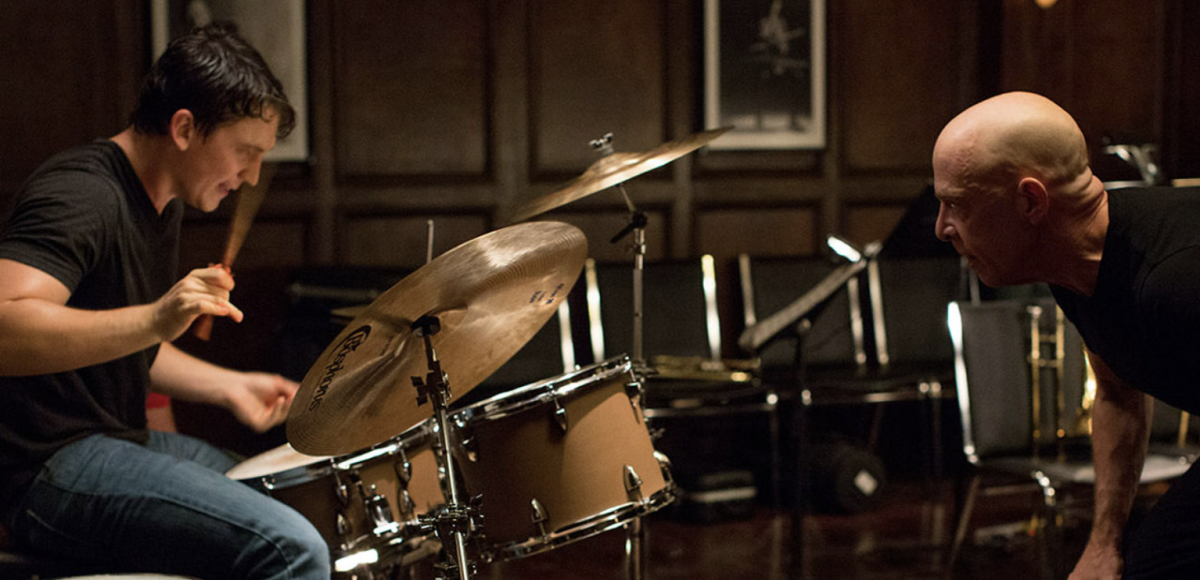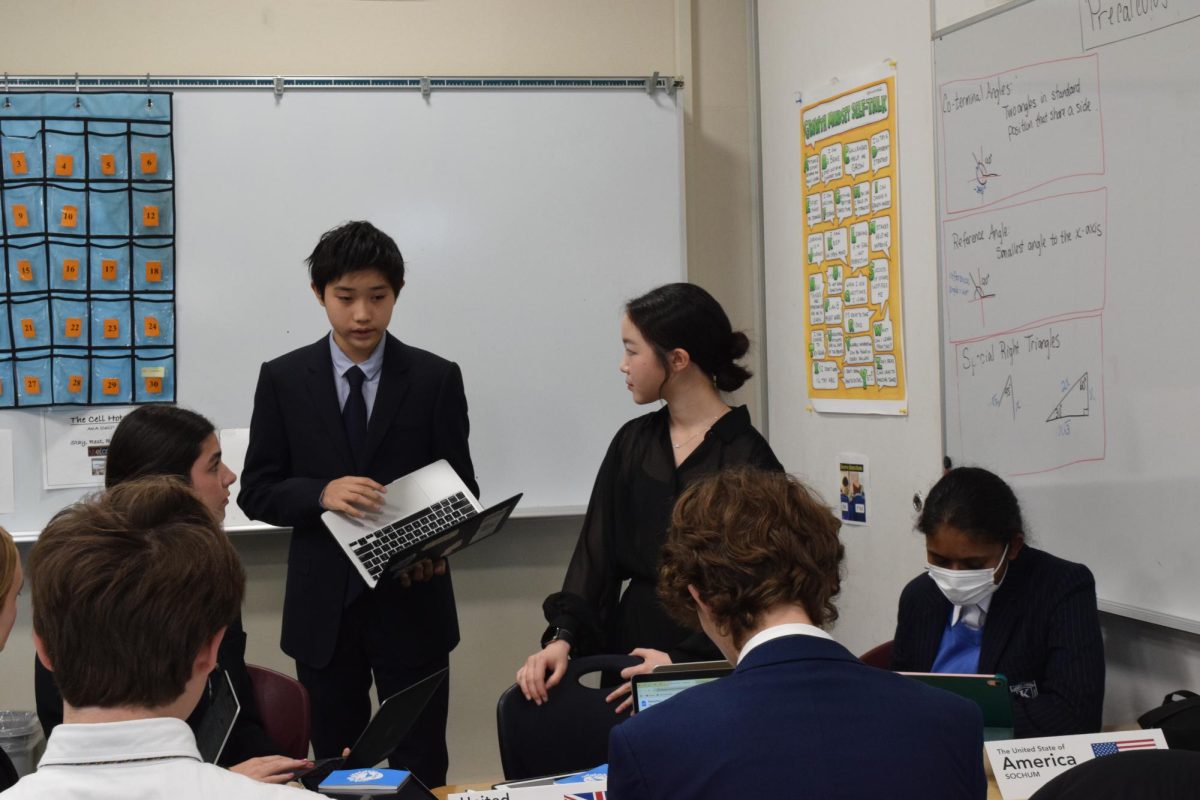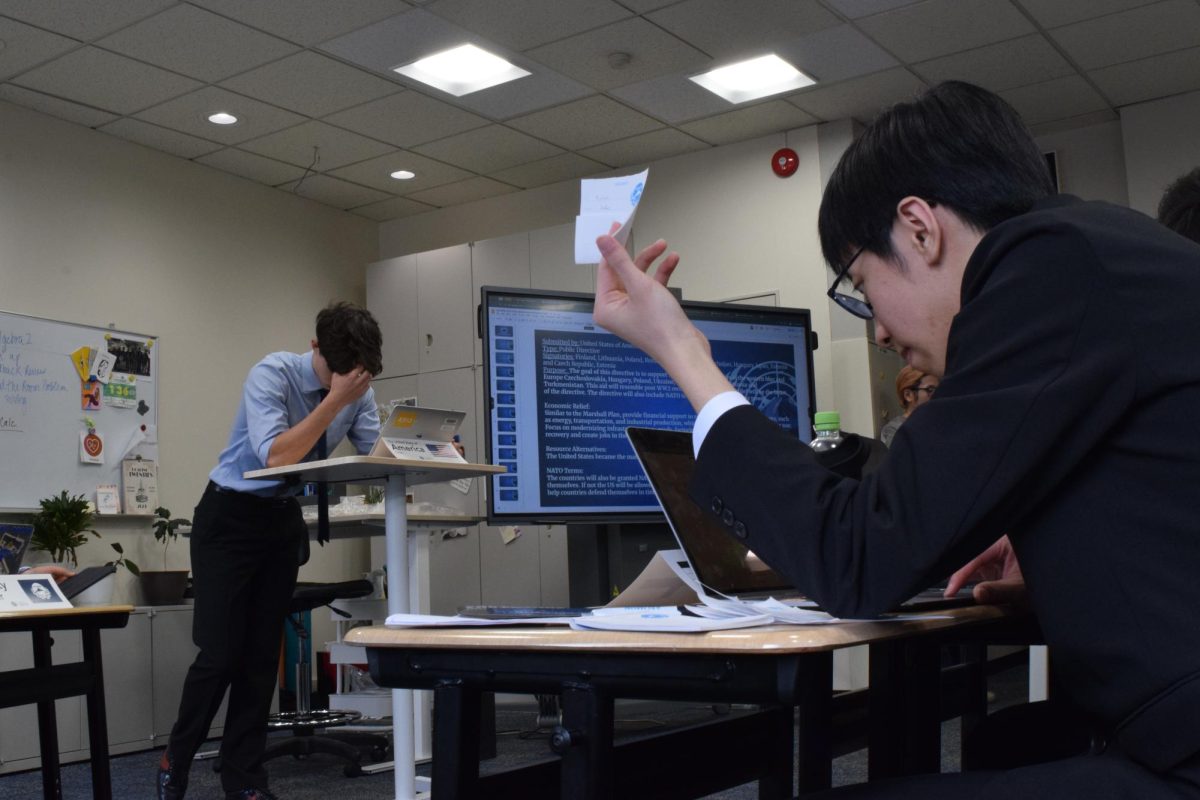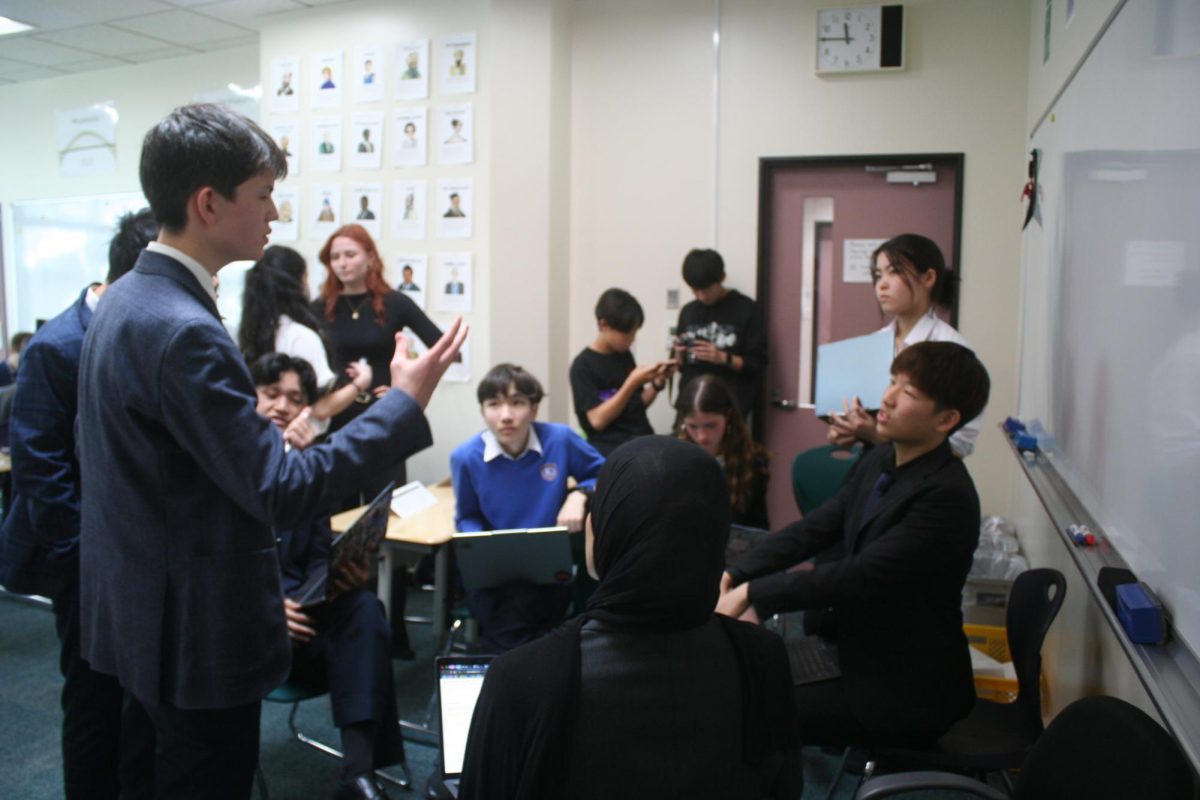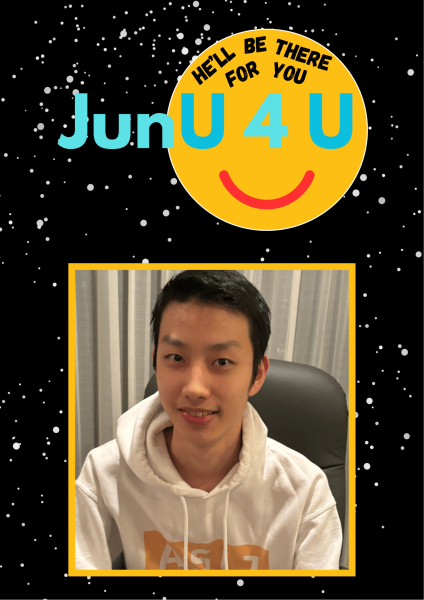Astronaut’s Delight: A Review of Project Hail Mary by Andy Weir
October 3, 2021
In his third novel, Andy Weir tackles deep space. Project Hail Mary, published in May of this year, follows Ryland Grace, a molecular biologist turned middle school teacher who is sent on a suicide mission to save humanity from certain destruction. 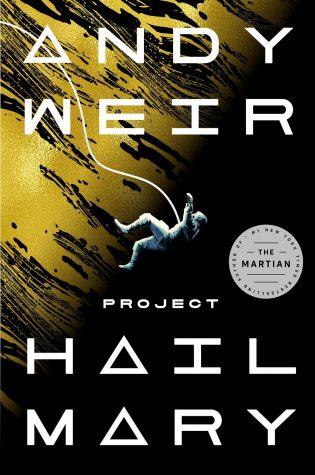
The book starts with (Dr.) Grace awakening alone on a spaceship, far from Earth. After the haze of a four-year long coma and significant memory loss, we learn that Grace is near Tau Ceti, a star some 12 light years from our solar system. The sun, and all of its neighbors, have been infected by a microorganism that is sucking up solar energy at an alarming rate. But Tau Ceti has not been affected. Grace has been sent to this alien star to learn why it has avoided infection and how scientists on Earth can stop the tiny energy thieves.
By now, it seems that Andy Weir has mastered the blend between real, hard science and the excitement of a novelized space mission. As with2011’s The Martian, the plot of Project Hail Mary is driven by the science and how well Grace can work through the various scientific problems in his quest for a solution to the Sun’s energy issue. Similarly, the entertainment value of the book depends on how well Weir integrates the complicated, scientific elements into the story.
At its best, Project Hail Mary is an edge-of-your-seat adventure that also teaches the reader about everything from evolutionary biology to the theory of relativity. Most of the time the action of the story and the technical science bounce off each other well. The scientific problems often are the action (don’t worry, there is still a fair share of outer space excitement), but since Grace explains concepts in an easily digestible way and things are often more interesting when the future human race literally depends on them, readers don’t have to worry about textbook-esque lectures.
Weir also avoids boring space cliches with Grace’s scientific way of thinking. When a problem presents itself, Grace has to hypothesize, test, and adapt to find its solution. And because we are taken along for a ride on Grace’s thought-train, those solutions feel realistic and earned rather than deflected off the character’s plot armor. Even when the plot starts to bend the limits of reality (this book is science fiction after all), it’s grounded in real science and previously established details.
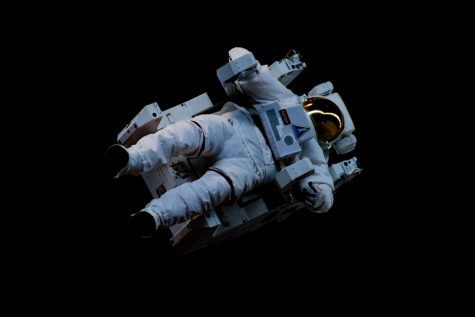
Unfortunately, because much of the focus is on the science of Grace’s mission, Project Hail Mary leaves much to be desired in terms of character development. More specifically, Grace’s emotional connection with Earth is fairly weak. Yes, Project Hail Mary takes place very far away from Earth, but if Grace’s end goal is to save humanity, his personal connection to it and therefore his motivation to save it seems fairly important. Yet, throughout the 472 pages of the book, we never learn about Grace’s family, his friends, or love interests. Even his colleagues, who are recurring characters in flashbacks, only seem to exist to serve the purpose of the mission.
Weir attempts to connect Grace with his students, but other than a single classroom scene early on, the most we get from that avenue is a few “do it for the kids“ lines. Despite how similar the real world and the Project Hail Mary universe may be, it is still a fictional place with fictional people that readers need a reason to care for, and Weir has missed the mark. Later on, though, it becomes apparent that this is not the most important relationship in the novel, so Grace’s lackluster teacher-student motivation doesn’t take away too much from the urgency of the mission at hand.
If you are looking for an exciting space saga that will give you more than a few science lessons along the way, Project Hail Mary is worth the read. If that’s not your thing, there may not be much in it for you.
Rating: 3.5/5




